Top tips for visiting Japan, from the best food to LGBTQ+ hotels

Visiting Japan? Here are our top tips for major cities including Tokyo (pictured) and Osaka. (Getty)
Visiting Japan? Here are our top tips for major cities including Tokyo (pictured) and Osaka. (Getty)
With its stunning landscapes, rich culture and vibrant cities, Japan continues to be hailed as a holiday destination where you can experience it all.
Campaigners have long called for equal marriage rights in the country, but many hotels, restaurants and bars are keen to welcome members of the LGBTQ+ community.
After attending the International LGBTQ+ Travel Association (IGLTA) conference this year in Osaka – the first held in Asia – PinkNews has all the best tips and for planning your trip to Japan.
Where to stay and what to do in Osaka

The first stop on PinkNews’ tour was the city of Osaka. It’s hailed as “The Kitchen of Japan,” and it doesn’t take long to learn why. Approaching the city’s hotspot, Dotonbori, if the bright neon lights and larger-than-life signs don’t capture your attention, the sights and smells of local food certainly will.
Stop at one of the stands for takoyaki, a fluffy and moreish dough ball filled with octopus and drizzled with sticky, sweet sauce and mayo. Another must-try is okonomiyaki. This savoury pancake combines batter with chopped cabbage, green onions and your choice of protein, such as cheese, bacon or prawns. The result is a crispy yet fluffy mix of deliciousness.
Once you’ve filled your belly with local delights, you’ll want somewhere comfortable to rest your head. Just a gentle stroll away from the city’s hub, and directly above Namba Station (conveniently offering direct train access to Kansai International Airport and other cities) sits Swissôtel Nankai Osaka.
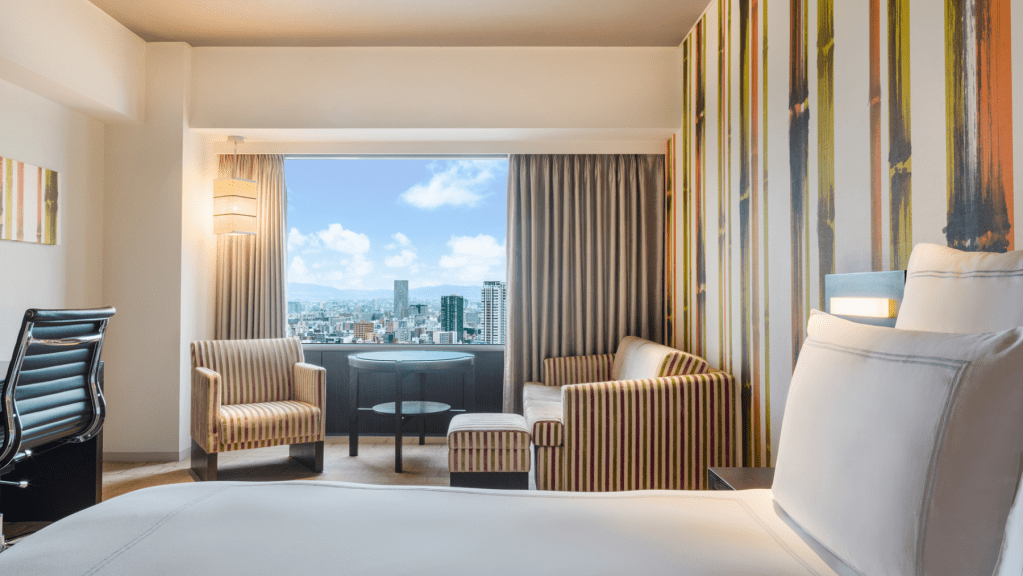
This five-star hotel and spa offers bright, modern rooms in a 36-storey tower, many of which boast unparalleled views of the city. The Pürovel Spa and Sport Centre has a fully equipped gym, hot tub, Japanese sauna and bath, as well as an indoor swimming pool.
The hotel itself is IGLTA and Travel Proud accredited, ensuring your stay will be a welcoming and inclusive one. If you’ve still got energy to spare, look no further than The Faerie Drag Show at Nambar10, where there’s enough fabulousness to shake a stick at.
Where to stay and what to do in Tokyo

Tokyo is Japan’s capital and economic powerhouse and is fast becoming an LGBTQ+ hotspot with more than 40 queer nightlife venues. The journey via Shinkansen (the bullet train, which includes the likes of Beyoncé among its past passengers) led to Shinjuku, hailed as the metropolis’ second centre. Walking through the district encapsulates the essence of the city itself, with its awe-inspiring display of skyscrapers and neon lights, and the promise of bars and restaurants which seemingly never shut.
But perhaps the best district is Shinjuku Ni-Chome, Tokyo’s gay district. It’s famous for having the world’s highest concentrations of LGBTQ+-friendly businesses. If you get the chance, stop by Queen Tokyo, a lesbian bar with free karaoke from Sunday to Thursday, and drink deals all week. If singing isn’t your thing, dance the night away at their sister venue, King Tokyo across the street.
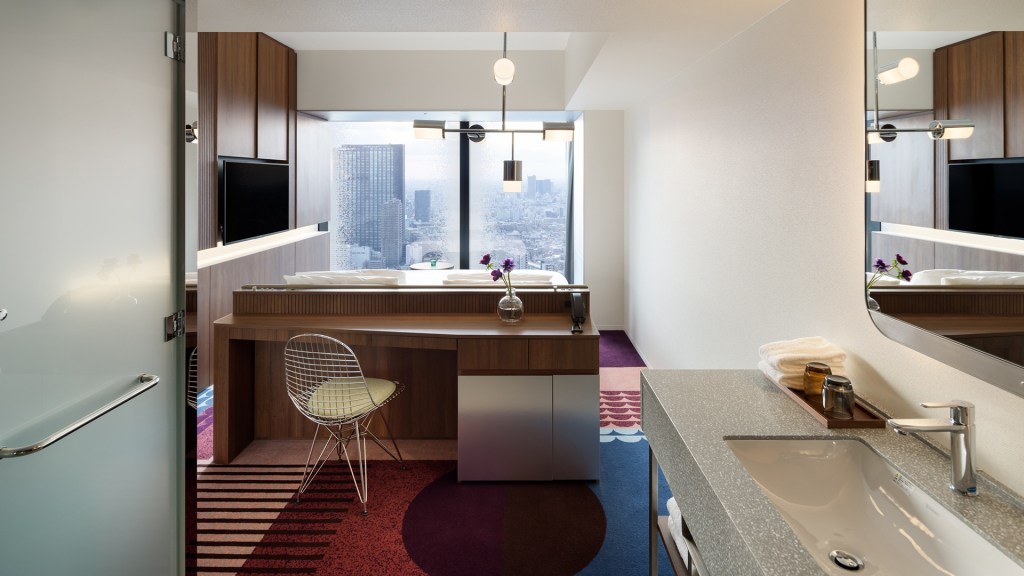
That’s not to say the city is short on day-time activities, though. Aside from the plethora of tourist sites, TeamLab Borderless is a museum with a difference. It offers immersive artworks that blend, relate to one another, and react to movement. If you have time, stop at the En Tea House, where flowers bloom before your eyes. It’s magical.
For a welcome break from the city’s hustle and bustle, book a stay at Hotel Groove Shinjuku. Located in Japan’s largest entertainment complex, the Kabukicho Tower, you can go bar and restaurant-hopping before resting in the hotel’s modern, light and airy rooms, some of which are also art installations.
Where to stay and what to do in Nara
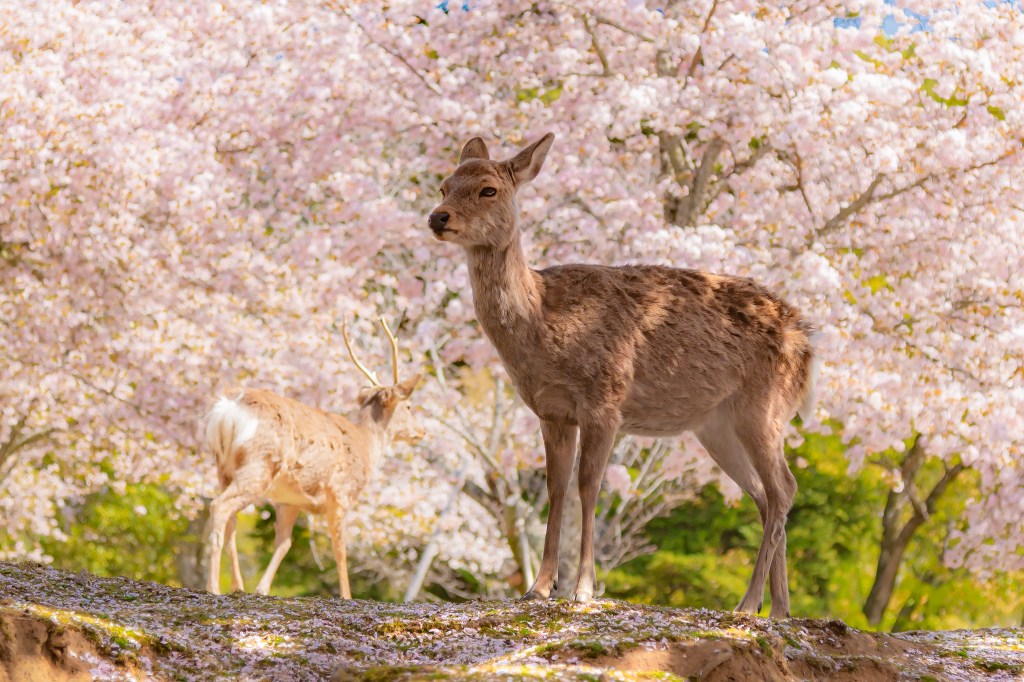
A short train ride away from Osaka lies Nara, the country’s ancient capital where wild deer – believed to be sacred by those who follow Shintoism – roam the historical streets and verdant parks.
While there are plenty of trip-worthy sites, walking alongside the deer is reason enough to visit the city. Nara Park, which is just a five-minute walk from the historical Nara Hotel, provides a pleasant stroll.
There are scenic ponds reflecting the cherry blossom and maple trees, and the opportunity to befriend the 1,000 or so deer that live there. You can also buy deer crackers from the nearby stalls and watch as the animals bow in anticipation of being fed their favourite snack.
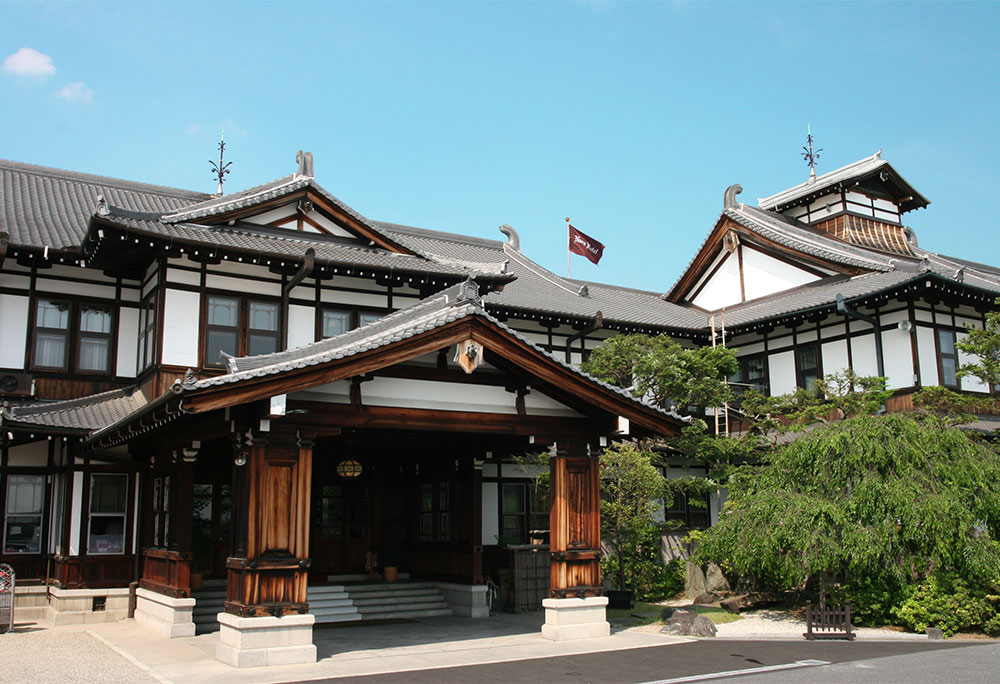
Inside the park, you’ll find the Tōdai-ji temple, home to a 15m-tall (49ft) bronze statue of Buddha. Behind the statue is a pillar with a hole that is said to be the same size as Buddha’s nostrils. If you’re able to crawl inside, legend says you’ll be enlightened in your next life.
All that walking is bound to give you an appetite, and what better way to refuel than with a light and fluffy shaved ice dessert? Less than 10 minutes by foot from Kinetsu-Nara Station is Kakigori Hosekibako, which offers a series of flavoured melt-in-your-mouth desserts with matcha and fresh milk from farms in the region. You can choose from seasonal fruit such as chestnuts, persimmons, Shine Muscat grapes, peaches and strawberries.
Where to stay and what to do in Hakone
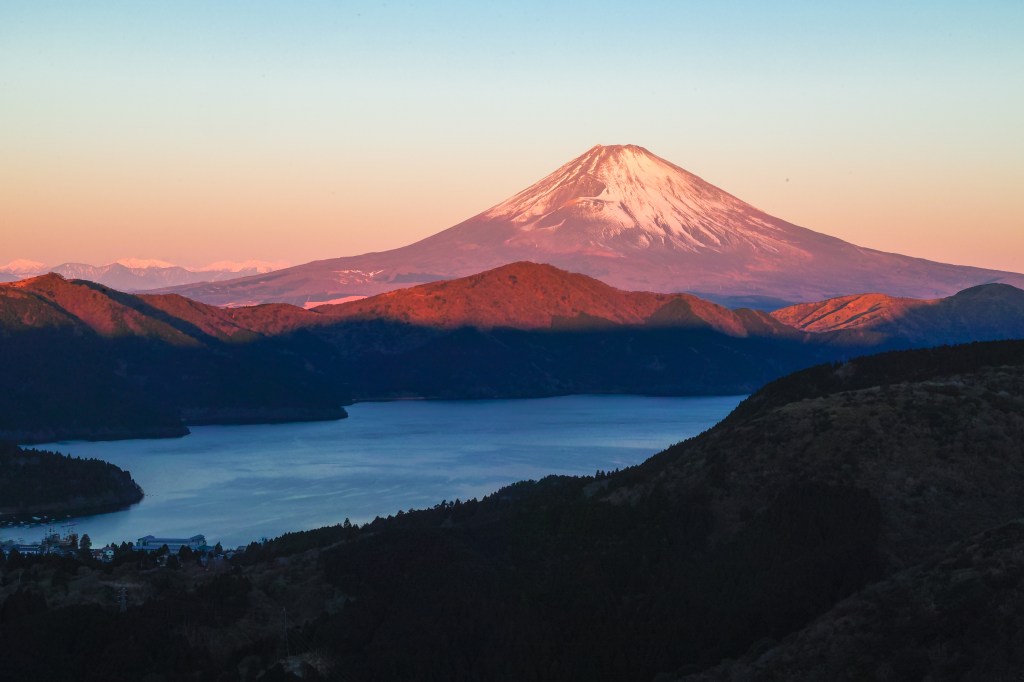
Less than two hours away from Tokyo on public transport is the mountainous region of Hakone, known for its hot springs and calming views across Lake Ashi. On a clear day, Mount Fuji is visible, but the town offers more than just unparalleled scenery.
There are many onsens, hot springs serviced by local sulphate-rich waters said to boost the circulation, relax tight muscles and joints, and to have soothing properties for the skin. Hakone Gora Onsen Hotel Kasansui, easily found on booking.com, offers two onsens as well as a stunning traditional breakfast and dinner service.
While it’s traditional to bathe naked, Yunessun Spa Resort offers a unique experience, including coffee, wine and open-air scenic baths, and allow visitors to remain in their swimwear.
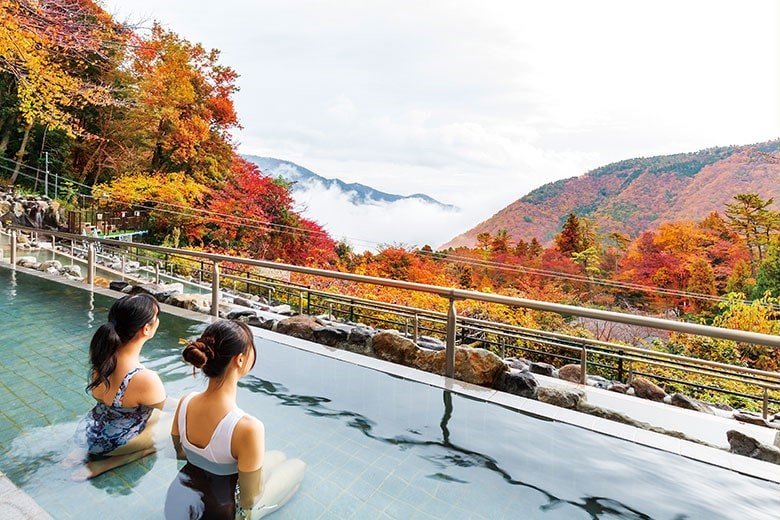
After winding down at the spa, be sure to visit the Open Air Museum for an immersive art and sculpture experience which includes a stained-glass spiral staircase that can be climbed to reach a viewpoint of the park, and an outdoor foot spa.
Take the Hakone Ropeway nearby to view the active hot springs beneath the ground, and stop at Lake Ashinoko for a sightseeing cruise on a pirate-style ship. And be sure to stop at the Hakone Cheese Terrace which uses fresh milk from southern Hakone to give its produce a luxurious, smooth bite.
Visit the Japan Tourism Official Website here to learn more about visiting the country. For more information about IGLTA, visit the website here.
Share your thoughts! Let us know in the comments below, and remember to keep the conversation respectful.

